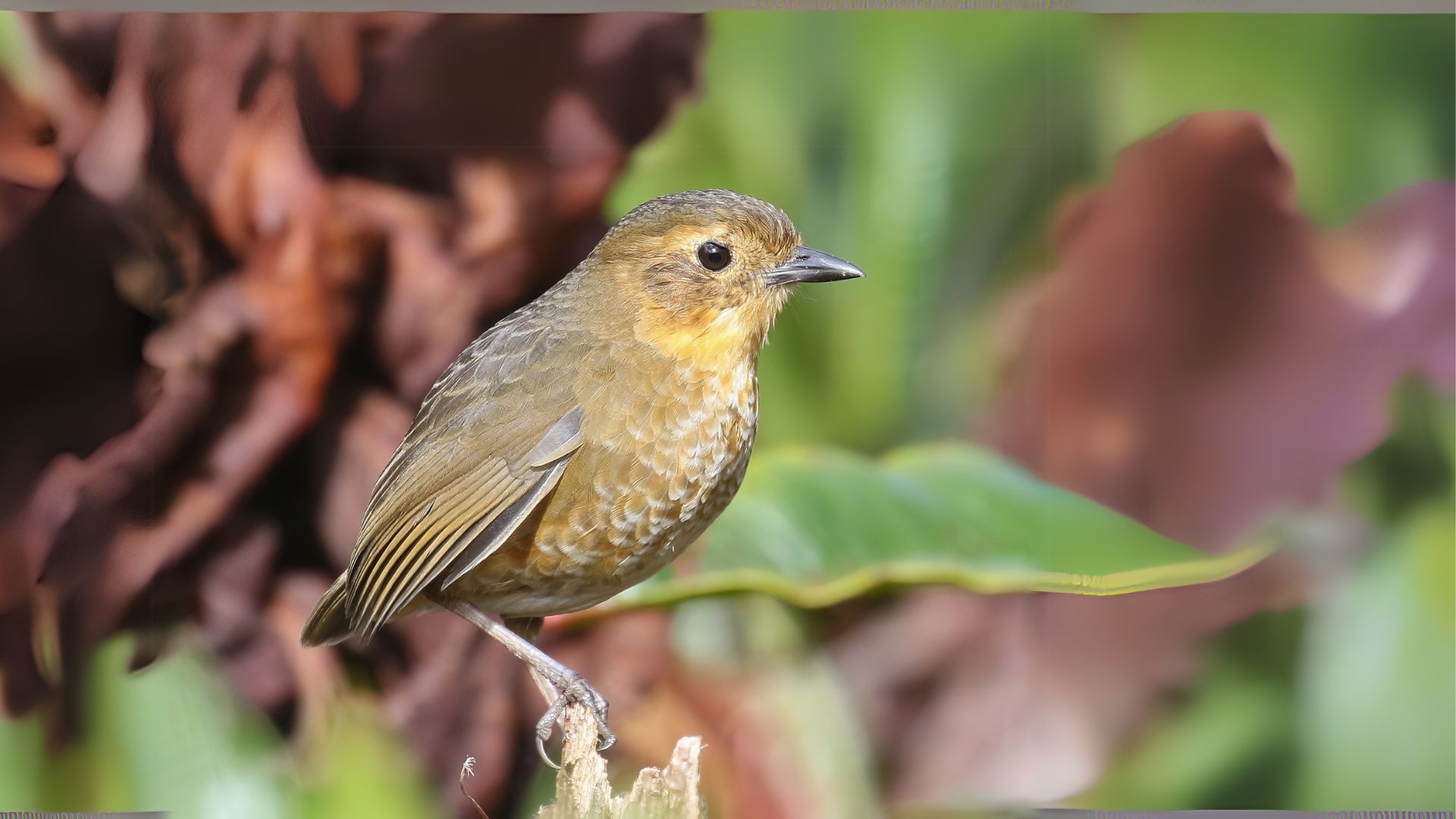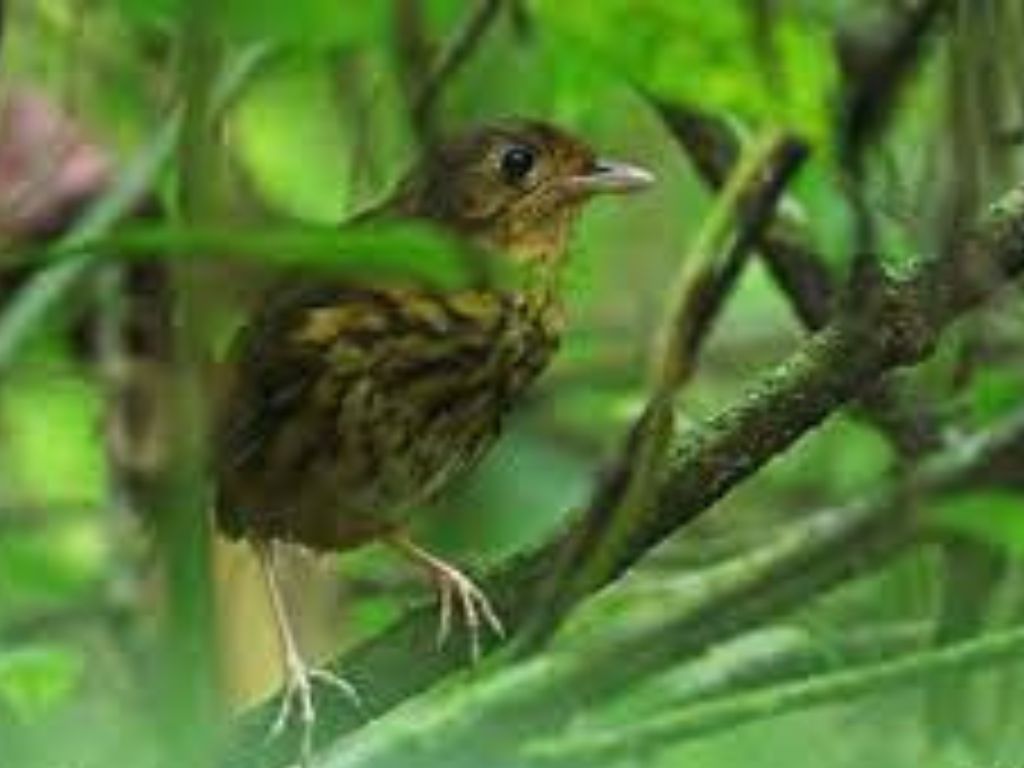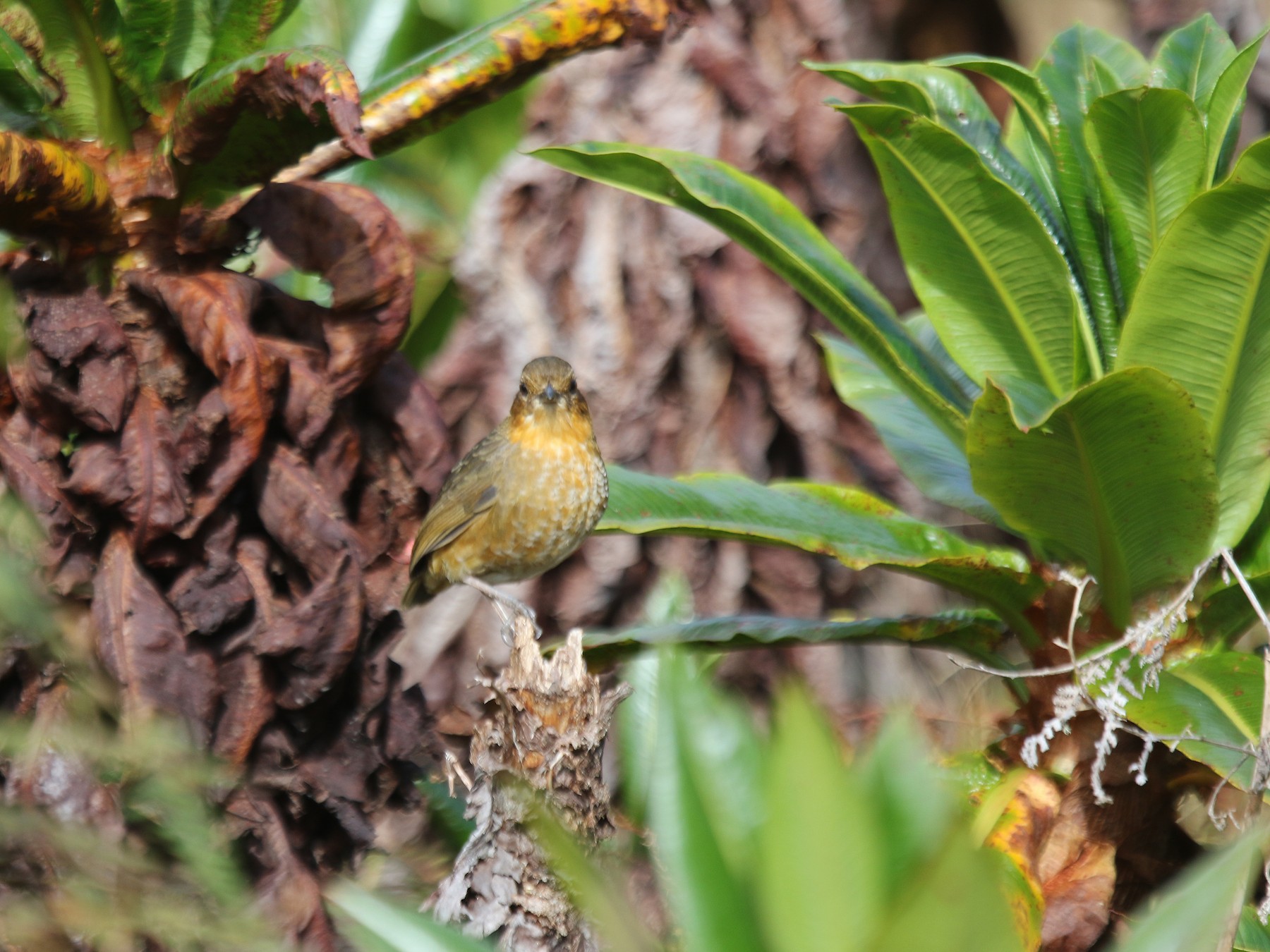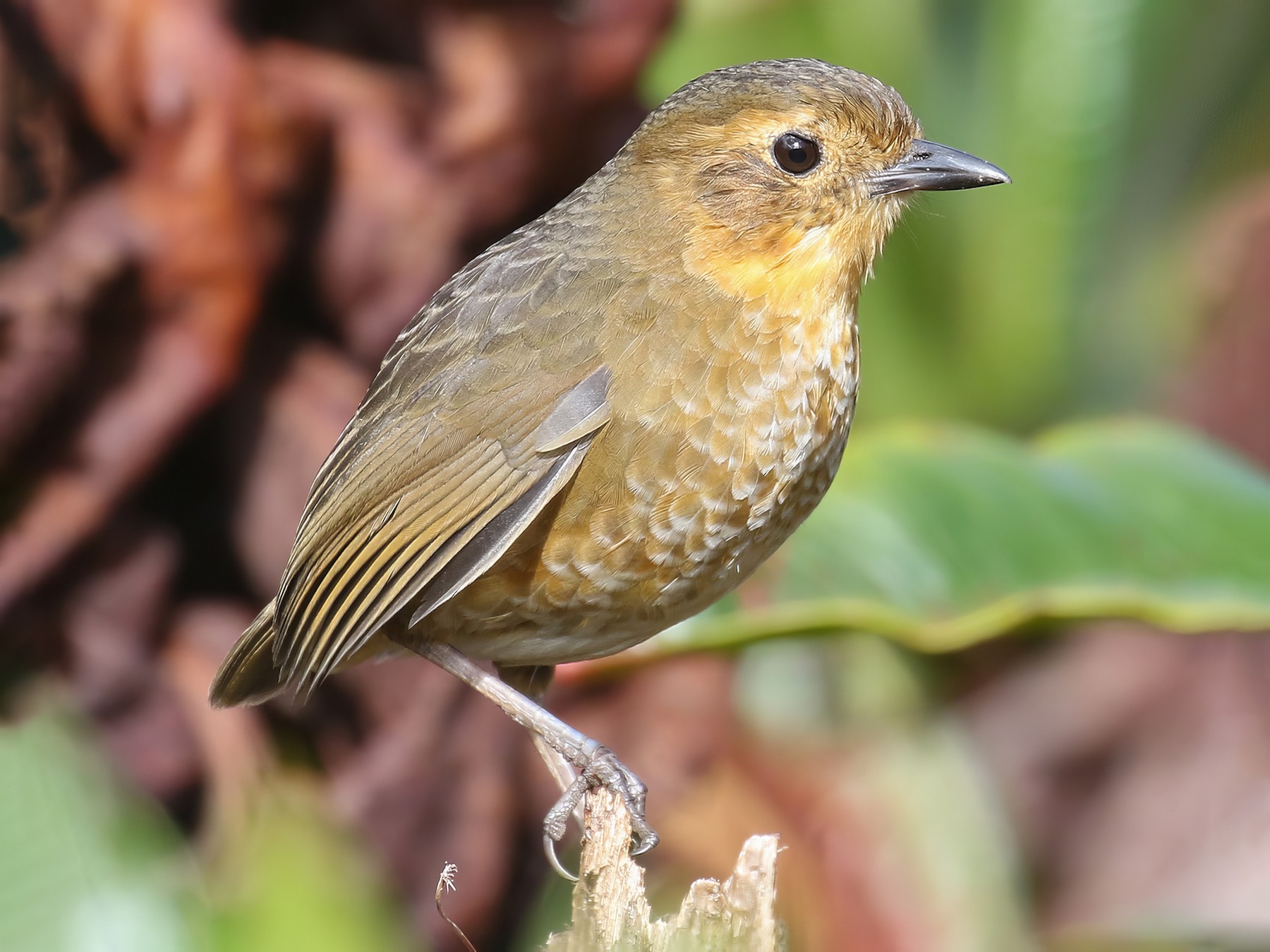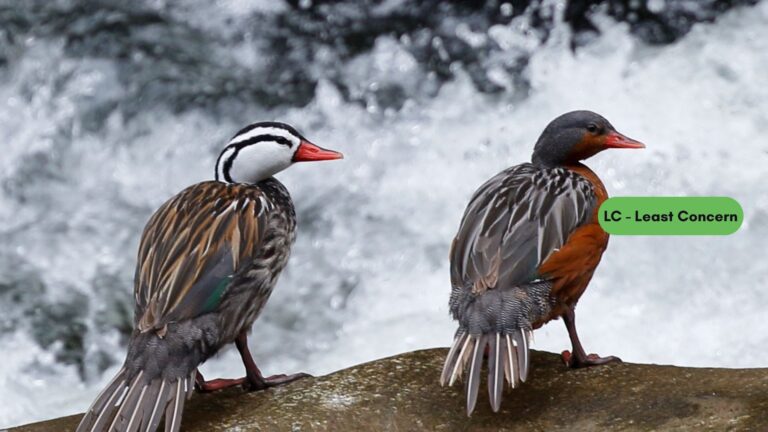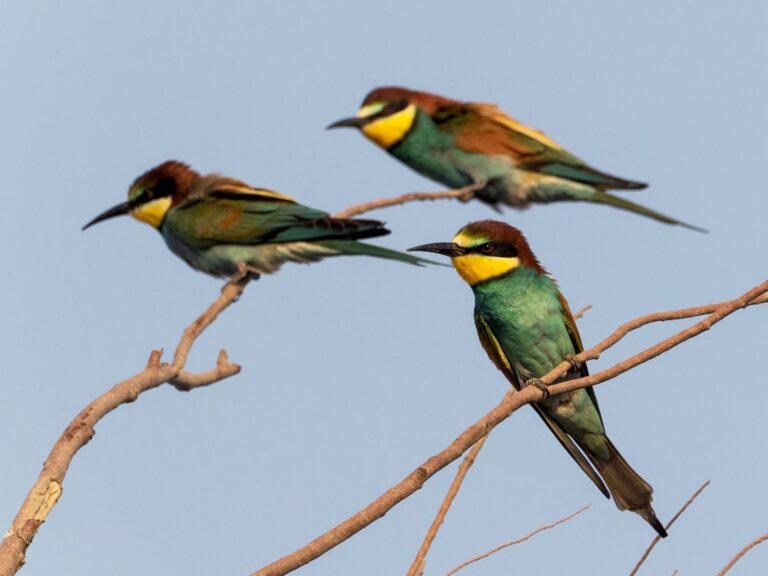Atuen Antpitta: Discovering the Enigmatic Bird of the Andes
The Atuen Antpitta stands out as a unique bird, mostly because it’s so elusive and has such striking looks. You’ll find this species deep in the dense forests of the Andes in South America, where bird watchers and researchers both get a thrill from even a brief glimpse.
Its calls are distinct, and its secretive habits mean it often catches people off guard when it finally appears. The Atuen Antpitta belongs to a diverse family of antpittas, offering more than just good looks.
When you watch how it behaves and what habitats it picks, you get a window into the ecological roles these birds fill. If we can figure out where they live and what threatens them, we stand a better chance of protecting them in the wild.
Key Takeaways
- The Atuen Antpitta can be tough to spot in the Andean forests.
- It plays a real role in the ecology of its home turf.
- Conservation is crucial if we want to keep this unique species around.
Taxonomy and Classification
Scientists have spent years figuring out where the Atuen Antpitta fits in the bird world. The details of its scientific name, past taxonomic debates, and its connections to other antpittas all matter when you’re trying to pin down its place in the family tree.
Scientific Name and Description
Its scientific name is Grallaria blakei. The bird’s got a sturdy build, just like other antpittas, and its brown and rufous feathers blend right into the Andean forest.
Look for a streaked breast and listen for its unmistakable call—those are dead giveaways. At about 20-23 centimeters long, it isn’t the biggest bird, but it’s not tiny either.
Mostly, you’ll find it in Peru’s cloud forests, where it sticks to thick undergrowth. It spends a lot of time foraging for insects and other small critters, always keeping a low profile.
Taxonomic History
The Atuen Antpitta’s taxonomy has shifted as researchers dug deeper into its genus. Early on, people lumped a lot of these birds together under broad labels.
Thanks to advances in genetics, scientists have separated Grallaria blakei from its lookalike relatives, like Grallaria quitensis and Grallaria cajamarcae. This new approach has helped identify several new species in the group, making classification a bit clearer (though it’s still a work in progress).
Related Antpitta Species
The Atuen Antpitta shares its patch with other antpittas, such as the Rufous Antpitta (Grallaria rufula) and the Tawny Antpitta (Grallaria quitensis). Each of these birds has its own quirks and adaptations to the Andes.
Other close relatives include the Chestnut-Crowned Antpitta (Grallaria nuchalis), Undulated Antpitta (Grallaria squamigera), and Large Antpitta (Grallaria gigantea). Their differences in color, size, and song help birders tell them apart. Studying these species gives us a better sense of how they’ve evolved and what they need to survive.
Physical Characteristics and Identification
The Atuen Antpitta has a look all its own. Spotting these features is key if you’re hoping to find one in the field.
Morphology and Plumage
This bird falls in the medium-sized range, usually between 20 and 25 cm long. Its feathers mix rich browns with some subtle grays, and the underparts are lighter, which makes for a nice contrast.
Its big, dark eyes give it a pretty expressive face. The bill is short and a bit curved—perfect for foraging among the leaf litter.
Strong legs help it get around the rough forest floor. These traits make it stand out from other antpittas, though you really need a good look to catch all the color shifts and patterns.
Vocalizations and Behavior
The Atuen Antpitta’s calls are pretty memorable. During the mating season, you’ll hear a series of melodic notes echoing through the trees.
These calls help attract partners and mark territory. When it’s searching for food, the bird acts curious—peeking out from cover before darting out to grab a snack.
It sticks close to the ground and moves quietly through thick vegetation. If you’re out looking for it, listening for its call and watching for these behaviors can make all the difference, especially in places crowded with similar species.
Habitat and Distribution
The Atuen Antpitta does best in certain Andean habitats. It’s got some pretty specific requirements when it comes to geography and ecosystem.
Geographic Range
You’ll find the Atuen Antpitta in Peru, Ecuador, and Colombia, mostly along the eastern slopes of the Andes. It turns up in places like Cajas National Park and the Rio Blanco Ecological Reserve.
It likes higher elevations—usually anywhere from 2,200 to 3,500 meters. Up there, the climate and plant life just suit it better, and there are lots of microhabitats to explore.
Preferred Ecosystems
This bird loves cloud forests, where humidity stays high and mist hangs in the air. These forests are packed with shrubs, ferns, and tall trees, creating perfect hiding spots and nesting areas.
It mostly eats insects, which are everywhere in these forests. Sometimes, it bumps into other species, like the rainbow starfrontlet, and these interactions can actually tell us a lot about the health of the ecosystem.
If the cloud forests aren’t healthy, the Atuen Antpitta struggles—so protecting these habitats is pretty much non-negotiable.
Ecology and Behavior
The Atuen Antpitta’s behavior and ecological role tie directly to its survival. Its diet and breeding strategies show how it’s adapted to life in the forest.
Diet and Feeding Habits
Insects, worms, and other small invertebrates make up most of its diet. What it eats depends on what’s available at the time.
You’ll often see it foraging on the forest floor, using sharp eyesight to spot prey hiding under leaves. When the rains come, it goes after earthworms, digging them up with its strong bill.
By eating all these critters, it helps keep insect populations in check. That’s a pretty important job for the ecosystem.
Breeding and Nesting
The Atuen Antpitta usually breeds during the wet season, when there’s more food for the chicks. The female builds a cup-shaped nest right on the ground, tucking it away in thick foliage.
She uses leaves, moss, and grass for insulation. After laying two or three eggs, she’ll incubate them for about two weeks.
Once the chicks hatch, both parents might pitch in to feed them. Raising young in such a tough environment isn’t easy, but they make it work.
If you want to dig deeper, check out studies on their nesting and breeding.
Conservation Status and Threats
The Atuen Antpitta faces some real challenges. To protect this bird, we need to know how it’s classified, what’s threatening it, and what people are doing to help.
IUCN Classification
The IUCN Red Lst puts the Atuen Antpitta at “Least Concern.”
Major Threats and Challenges
Habitat destruction tops the list of threats. As people clear land for farming or log the forests, the Atuen Antpitta loses places to live.
- Deforestation: Logging and converting land to agriculture wipe out forests fast.
- Climate Change: Weird weather messes with food supplies and nesting spots.
- Pollution: Pesticides and chemicals from farms can poison the habitat.
Conservation Efforts
People are trying to help by protecting habitats and spreading the word. Groups like BirdLife International work on keeping critical areas safe and encouraging sustainable land use.
- Protected Areas: Creating reserves to keep what’s left of the forest intact.
- Community Engagement: Getting locals involved so they see why biodiversity matters.
- Research and Monitoring: Studying the bird’s habits and tracking its numbers.
Hopefully, these efforts will give the Atuen Antpitta a fighting chance and help keep the ecosystem balanced.
Birding and Associated Avifauna
Birding in Atuen Antpitta territory isn’t just about this one bird—it’s a whole experience. The region’s habitats are packed with all kinds of avifauna, making it a dream for anyone with binoculars and patience.
Visitors can wander through different spots, soaking in the unique ecology and catching glimpses of the area’s stunning birdlife. It’s not always easy, but that’s half the fun, right?
Birdwatching Locations and Tourism
Birdwatchers flock to the cloud forests and montane areas in the highlands of Peru and Ecuador. These places feel almost magical if you’re into rare species—especially near the Atuen Antpitta’s territory.
Guides lead groups through spots like Manu National Park and Tambopata. They share stories and point out the region’s wild biodiversity—sometimes, you just have to trust their instincts.
Several lodges really cater to birdwatchers. They offer cozy rooms and guides who know their stuff, which makes the whole adventure a lot smoother.
These places don’t just help tourists—they actually support eco-tourism and conservation. It’s a win-win, as birding brings benefits to local communities and keeps things sustainable, at least in theory.
Notable Bird Species Found with Atuen Antpitta
If you’re out searching for the Atuen Antpitta, you’ll probably come across some amazing birds. Here are a few worth watching for:
- Purple-throated Sunangel
- Ecuadorian Trogon
- Gray-breasted Mountain-Toucan
- Bearded Guan
- Maroon-belted Chat-Tyrant
You might also spot a Mitred Parakeet, Torrent Duck, or Fasciated Tiger-Heron. These birds all thrive in similar habitats, so birding here can be surprisingly rewarding.
There’s always a chance you’ll glimpse the White-collared Jay or even the tricky Koepcke’s Screech-Owl. Honestly, every outing feels like a new adventure.
Frequently Asked Questions
The Atuen Antpitta is honestly a fascinating bird. It’s got specific habitat needs, quirky dietary preferences, and some unique behaviors that make it stand out.
What is the natural habitat of the Atuen Antpitta?
This bird loves dense, humid forests. It sticks to places with thick underbrush and plenty of ground cover—perfect for hiding and finding food.
How does the Atuen Antpitta’s diet compare to other species in the Antpitta family?
The Atuen Antpitta mostly eats invertebrates and small fruits. Other antpittas have similar tastes, but this one might go for certain foods depending on where it lives.
What are the key characteristics that distinguish the Atuen Antpitta from other antpittas?
You can spot the Atuen Antpitta by its unique plumage and calls. Its coloring and body shape are just different enough from its relatives to catch your eye.
What are the conservation status and threats facing the Atuen Antpitta?
Right now, the Atuen Antpitta faces real danger from habitat loss. Deforestation and people moving in are shrinking its world.
Can the Atuen Antpitta be found in captivity, and if so, under what conditions?
It’s tough to keep this bird in captivity, but a few specialized aviaries have managed it. They need lots of space, humidity, and food that matches what they’d find in the wild.
What are the unique behavioral traits of the Atuen Antpitta?
The Atuen Antpitta acts incredibly shy and secretive. You’ll usually spot it foraging down on the forest floor, if you spot it at all.
This bird has a knack for staying hidden from predators while it searches for food. It’s almost like it prefers to be a mystery.
